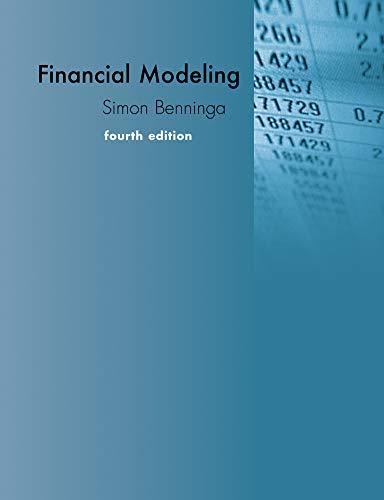
just need asnwer, thx
The following information is provided for questions 8 - 9. Bond A has a 6% coupon, paid semi-annually and is due in 2 years. It's value is currently $ 900. Bond B has a 10% coupon, paid semi-annually and is due in 4 years. It is priced to yield 12%. Bond C is a zero-coupon bond priced to yield 11% in 8 years. 8. The yield to maturity of Bond A is closest to: 9.9% 10.4% 10.9% 11.4% 11.8% Make your selection: Assuming that the duration of Bond A is 1.94 years, which of the following statements about the effect of a 1% decline in interest rates is true? A Bond C, having a longer duration than Bond A, would have a larger percentage increase in price than Bond A. B The percent change in a price of a bond is independent of the duration of a bond. C. It is not possible to determine the percent change in price of Bond A versus Bond C because the duration of Bond C is not given. D Bond A would have a greater percent change in price vs. Bond C because it has a shorter duration. E The percent change in the price of Bond A and C is equal since it is not affected by duration. Make your selection: 10. Assuming that the current market yield for similar risk bonds is 8%, determine the discounted present value of a $ 1,000 bond with a 7.5% coupon rate, which pays interest semiannually and matures in 17.5 years. $ 504.68 539.78 $ 953.34 $ 968.96 $ 994.26 Make your selection: 11. To immunize a bond portfolio over a specific time horizon, an investor would do which of the following: A Match the maturity of each bond to the investment horizon. B Match the duration of each bond to the investment horizon. Match the average weighted maturity of the portfolio to the investment horizon. Match the average weighted duration on the bond portfolio to the investment horizon. Make your selection: 12. Which of the following statements correctly describes a theory of the term structure of Interest rates? A. The expectations theory is based on consumer expectations of credit card rates. B The liquidity preference theory is based on the assumption that the more liquidity in the market, the higher the interest rates. C, The segmentation theory suggests that supply and demand for funds at specific segments along the yield curve is different for various groups. D The term structure theory is based on expectations of the open long and short positions in the stock market. Make your selection








